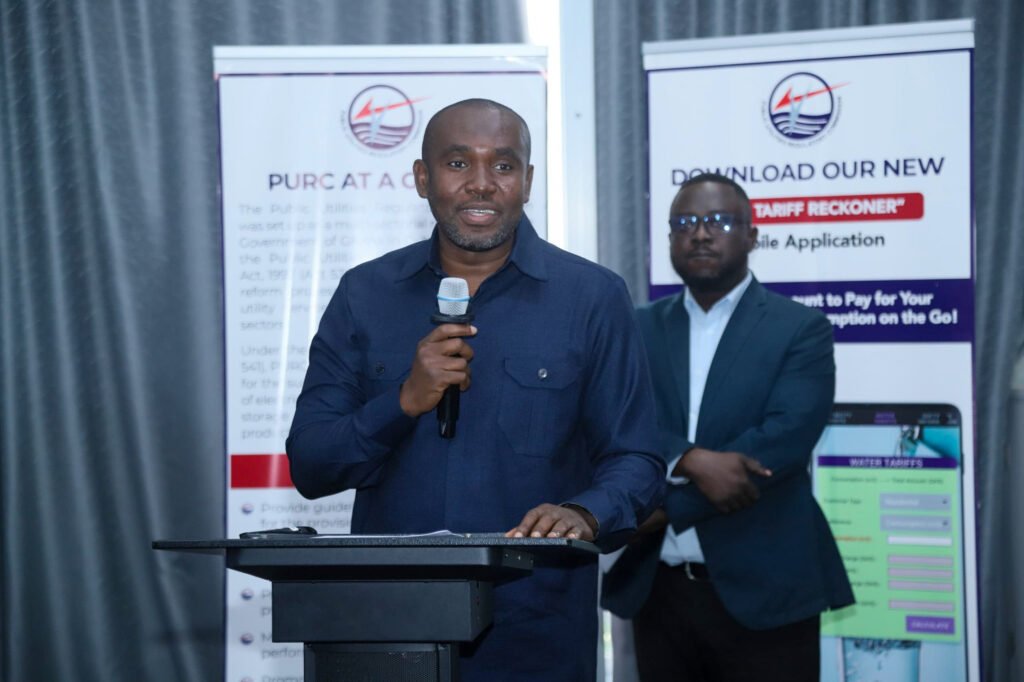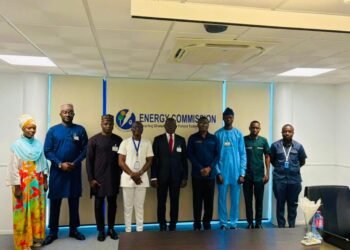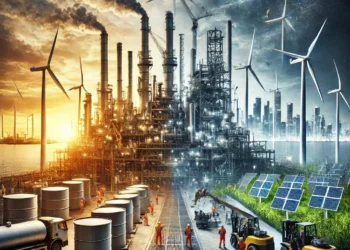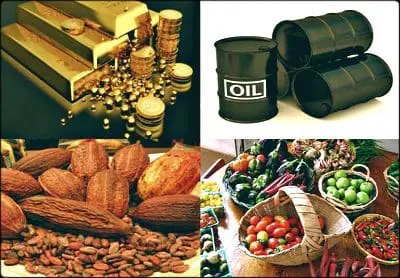The Public Utilities Regulatory Commission (PURC) has announced a 1.14 percent upward adjustment in electricity tariffs for all consumer categories, effective October 1, 2025, while water tariffs remain unchanged for the fourth quarter of the year.
The review, part of the Commission’s Quarterly Tariff Review Mechanism, ensures that tariffs reflect economic realities such as inflation, currency depreciation, fuel prices, and the electricity generation mix.
According to the Commission, these adjustments are critical to safeguarding the financial sustainability of utility service providers and guaranteeing the uninterrupted delivery of services to households and businesses.
Economic Indicators Behind the Adjustment

Explaining the decision, the PURC cited several economic indicators that shaped the modest tariff increase.
The Commission projected an average exchange rate of GHS12.37 to the US dollar for the quarter, compared to an actual inter-bank average of GHS10.70 in the preceding period. This depreciation of the cedi added significant pressure to the cost of power generation.
Additionally, the Commission factored in an average annual inflation rate of 12.43 percent and approved a weighted average cost of gas (WACOG) of US$7.71 per MMBtu for power generation.
The electricity generation mix was maintained at 28.8 percent hydro and 71.2 percent thermal, underscoring Ghana’s continued reliance on thermal plants, which are more sensitive to global fuel price fluctuations.
“These indicators, though showing some stability in gas prices, reflect the underlying macroeconomic pressures that cannot be ignored if we are to maintain a viable energy sector.”
Dr. Shafic Suleman, Acting Executive Secretary of PURC
Impact on Consumers

For residential customers, lifeline users consuming 0–30 kWh per month will see a slight increase from 79.53 GHp/kWh to 80.44 GHp/kWh, while households consuming above 300 kWh will pay 240.81 GHp/kWh, up from 238.09 GHp/kWh. Service charges for residential customers remain unchanged.
Non-residential customers will see similar adjustments, with tariffs moving from 162.68 GHp/kWh to 164.54 GHp/kWh for lower usage and 202.17 GHp/kWh to 204.48 GHp/kWh for higher consumption.
Large-scale industrial and mining users will also face modest increments, with high-voltage mines moving from 508.09 GHp/kWh to 513.89 GHp/kWh.
In contrast, water tariffs will not change, with residential, commercial, industrial, and public standpipe users continuing to pay the same rates as in the third quarter.
For instance, residential consumers using more than five cubic meters (m³) of water will maintain their tariff at 934.46 GHp/m³, while sachet water producers will continue to pay 2,488.95 GHp/m³.
The PURC emphasized that while the tariff adjustment may appear minimal, it is carefully calibrated to strike a balance between consumer affordability and the financial health of utility companies.
“Quarterly reviews are designed not to burden consumers unnecessarily but to prevent the erosion of service providers’ ability to operate effectively.
“We must ensure that the utilities can recover costs fairly while maintaining accountability and efficiency.”
Dr. Shafic Suleman, Acting Executive Secretary of PURC
The regulator assured the public that utility providers would continue to be monitored closely to meet regulatory benchmarks for efficiency and service quality.
Broader Context: Anticipating a Major Review

The fourth-quarter adjustment comes as the Commission prepares for a more extensive review under the Multi-Year Tariff Order (MYTO), expected before the end of 2025.
The upcoming MYTO is anticipated to set new benchmarks for electricity and water tariffs over a multi-year horizon, taking into account long-term economic forecasts, investment requirements, and Ghana’s evolving energy landscape.
The PURC reiterated its commitment to transparency in the tariff-setting process, assuring stakeholders that its decisions are rooted in verifiable data and international best practices.
“The Commission’s quarterly reviews ensure that tariffs are not arbitrary but are based on measurable and transparent indicators.
“We remain committed to protecting consumer interests while ensuring that utilities have the resources to deliver improved and sustainable services.”
Dr. Shafic Suleman, Acting Executive Secretary of PURC

The Commission has announced that the decision will be published in the government gazette and made available on its official website.
It also called on consumers, civil society, and industry stakeholders to continue engaging in the process as Ghana navigates the complexities of energy and water sector reforms.
As the country approaches the end of 2025, the spotlight remains firmly on how tariffs and utility efficiency will shape Ghana’s broader economic trajectory.
For now, consumers can brace for only a marginal increase in electricity costs while water prices remain steady.
READ ALSO: Market Cheers as Ghana’s Treasury Auction Breaks Four-Week Drought with 15.8% Oversubscription























